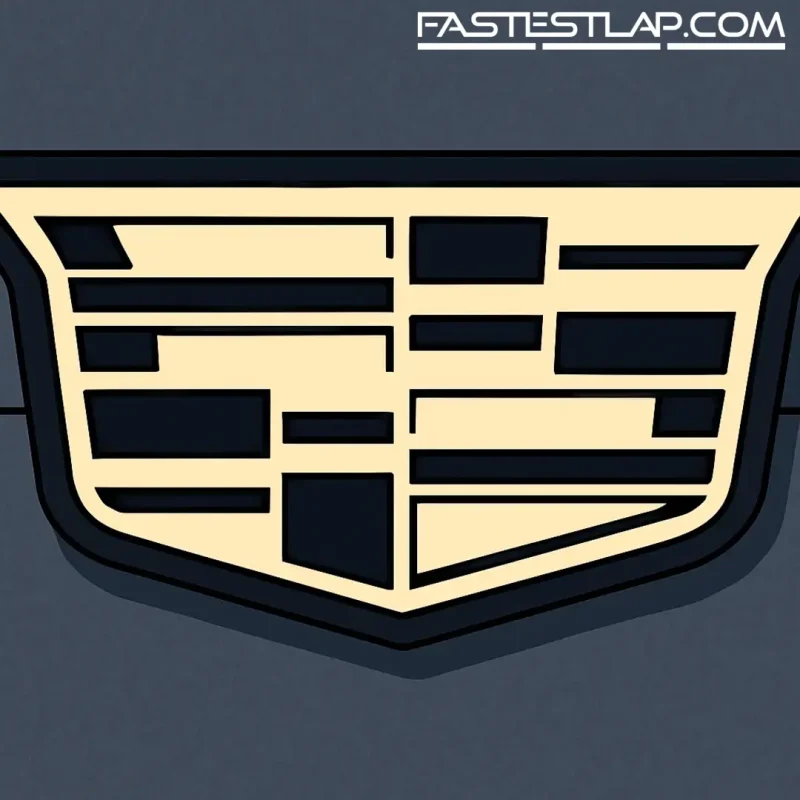Vowles cools Cadillac hype: ‘Strong brand, brutal baptism’
Cadillac’s Formula 1 project hasn’t turned a wheel yet and already it’s picking a fight with gravity. Sergio Perez insists the all‑American outfit can score points straight out of the box in 2026. James Vowles, never one to sugarcoat the sport’s realities, says that’s a lovely idea — and wildly optimistic.
The Williams team principal, speaking on the Business of Sport podcast, welcomed Cadillac’s name on the entry list but questioned the timing. His take was blunt: before adding an 11th team, F1 should’ve made sure the current 10 can all break even. “Let’s get to the point where this sport is survivable,” he said. “I think it’s a bit early to bring them in. Cadillac is a strong brand… but they’re going to struggle.”
On paper, Cadillac’s opening hand looks experienced. The start-up will roll into 2026 with Sergio Perez and Valtteri Bottas, plus Colton Herta dipping a toe as test driver while running his first full Formula 2 season. The plan is bold, too: build its own chassis in-house and, after an initial spell as a Ferrari customer, develop a works power unit. It’s a long way from the Haas “customer-plus” model that smoothed the last newcomer’s path in 2016.
If that sounds like a lot to chew, it is. This is a team assembling people, facilities and processes from scratch while the rulebook is being rewritten. The 2026 overhaul will upend both aerodynamics and power units. Established operations like Red Bull, Ferrari and Mercedes will be wrestling the same changes with years of shared knowledge and tooling behind them. Cadillac won’t have that muscle memory, and that’s the point Vowles keeps circling back to: modern F1 doesn’t forgive slow learners.
Cadillac’s road to the grid wasn’t exactly straightforward either. The FIA approved the entry when it was still under the Andretti Global banner, only for Formula One Management to push back before giving provisional approval with Cadillac’s name more front and center. The newcomers have also had to write an eye-watering anti-dilution cheque to the existing teams — a goodwill payment to offset the smaller prize pot when an 11th entrant shows up. None of that buys lap time.
Perez, though, isn’t in the business of dampening expectations. The Mexican, who was in Los Angeles recently tossing a ceremonial first pitch at Dodger Stadium, painted a clear target: be ready for the first race. “If we achieve that, I believe the potential is immense,” he said. “We’ll evolve. I’m sure we’re going to surprise and that we can win points early in the season.”
He’s not wrong that it only takes a top‑10 finish on Sunday to make the scoreboard. But in a 22‑car field that’s about to be reset, those final points-paying slots could be even more fiercely contested than they are now. You don’t luck into them; you engineer your way there.
Haas did score on debut in 2016 with Romain Grosjean, and that example will be wheeled out plenty between now and Melbourne 2026. Context matters. Haas entered mid-regulation cycle with a model that allowed it to lean heavily on Ferrari hardware and focus resources on a narrower slice of the car. Cadillac’s going the opposite way: build, learn, iterate — all while everyone else is reinventing the wheel at the same time. Two hurdles, one leap.
And the baseline has shifted. Even in 2025, the gaps from the back to the midfield have shrunk to margins you measure in a long breath. That compression doesn’t make a newcomer’s task easier; it means you need to nail thousands of details just to be in DRS of the fight. Vowles’ warning isn’t gatekeeping. It’s the reality of operating in a cost-capped, hyper-optimised paddock where every process — from pit equipment to CFD workflows — is already at a high level.
None of this is to say Cadillac can’t land a punch next year. A clean operations plan, shrewd hiring, and a drivable car that’s easy on tyres could earn an early Saturday shock and a Sunday point. The drivers they’ve lined up know how to score when a window opens. But real competitiveness in this era is measured in relentless development rate, correlation confidence, and error count. Those are habits you build over months, not marketing cycles.
So who’s right? Perez, with the racer’s optimism that fuels any good project launch, or Vowles, with the ledger and the scars? The answer is probably some shade in between. Cadillac has the brand and the ambition — and it’s always healthy to have fresh energy in the paddock. But if they do nick points early in 2026, it’ll be because they’ve overdelivered on the hardest part: turning a new name into a functioning F1 team at speed. That’s not the American dream. That’s just the F1 reality.




